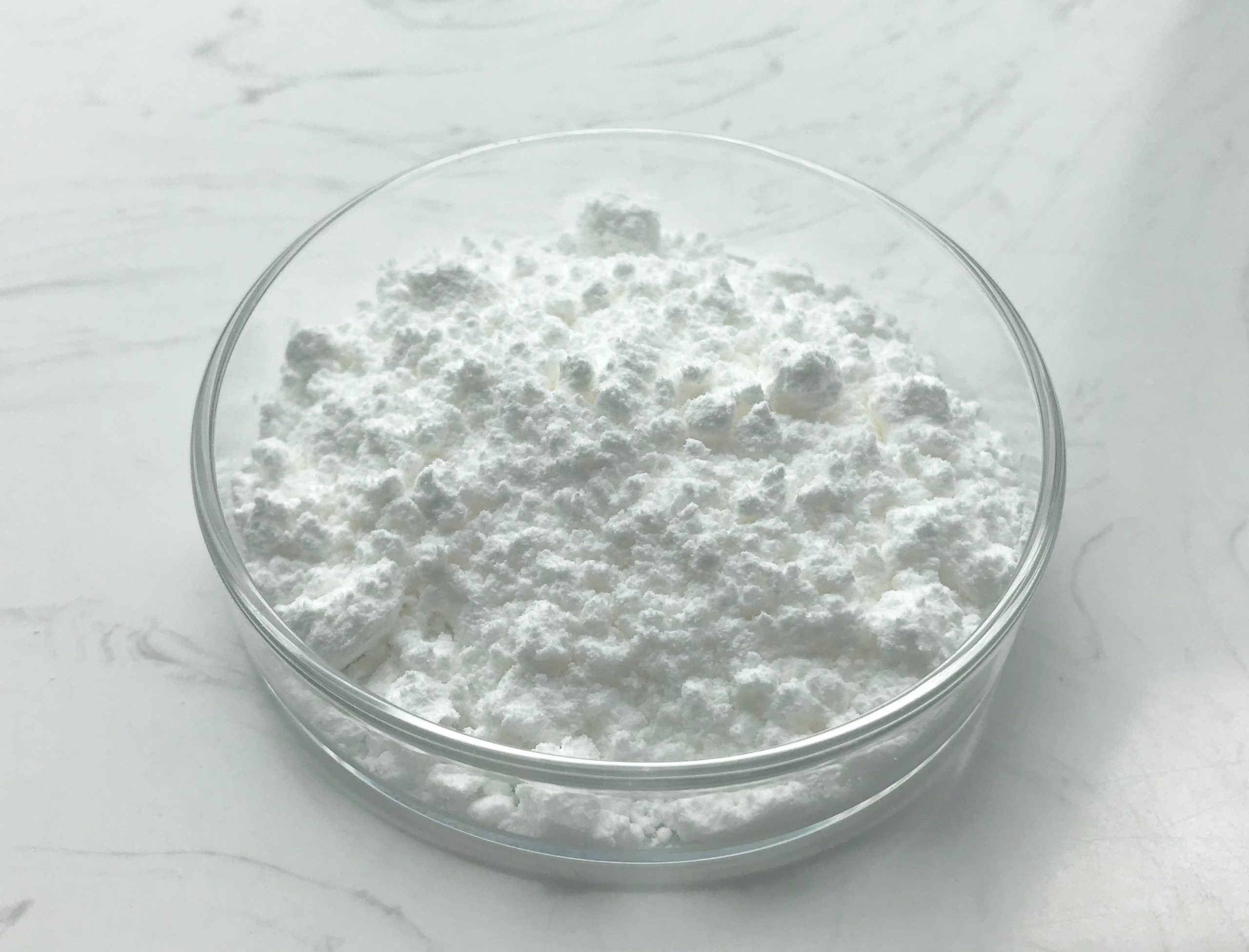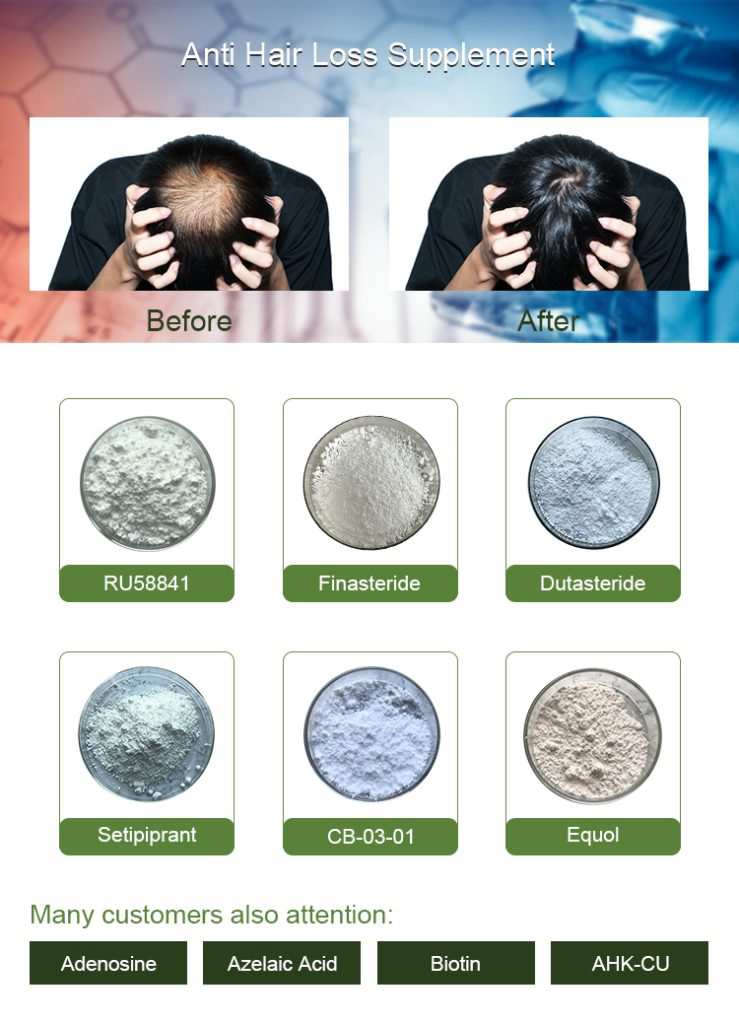RU58841, finasteride, and dutasteride are all medications used in the treatment of androgenetic alopecia, also known as male pattern baldness. However, they work through different mechanisms and have varying degrees of effectiveness and potential side effects. Here’s a comparison of these three treatments:
RU58841:
Mechanism of Action: RU58841 is a non-steroidal topical antiandrogen. It works by blocking the binding of dihydrotestosterone (DHT) to androgen receptors in the hair follicles. DHT is a hormone responsible for the miniaturization of hair follicles in androgenetic alopecia.
Application: RU58841 is applied topically as a solution or cream directly to the scalp.
Effectiveness: Its effectiveness in preventing hair loss and promoting hair regrowth has not been extensively studied in clinical trials, and there is limited scientific data available to support its efficacy.
Side Effects: RU58841 is generally considered safe when used topically, but there is limited information available regarding its long-term safety and potential side effects.

Finasteride:
Mechanism of Action: Finasteride is an oral 5-alpha-reductase inhibitor. It works by reducing the conversion of testosterone into DHT, which is a major contributor to male pattern baldness.
Effectiveness: Finasteride has been clinically proven to be effective in reducing hair loss and promoting hair regrowth in a significant percentage of men. It has a well-established track record in the treatment of androgenetic alopecia.
Side Effects: Common side effects of finasteride may include decreased libido, erectile dysfunction, and breast tenderness. More rarely, some individuals may experience persistent sexual side effects after discontinuing the medication. These side effects are referred to as post-finasteride syndrome (PFS).
Dutasteride:
Mechanism of Action: Dutasteride is also an oral 5-alpha-reductase inhibitor, similar to finasteride. However, it is more potent and blocks both Type I and Type II forms of the enzyme, resulting in a greater reduction in DHT levels.
Effectiveness: Some studies suggest that dutasteride may be more effective than finasteride in reducing hair loss and promoting regrowth. However, it is not FDA-approved for treating hair loss, and more research is needed to establish its safety and long-term efficacy.
Side Effects: Dutasteride shares similar potential side effects with finasteride, including sexual dysfunction. The risk of side effects may be higher due to its greater potency.

In summary, RU58841 is a topical antiandrogen with limited clinical data and research behind it. Finasteride and dutasteride are oral medications that have more substantial evidence of effectiveness but come with potential side effects, including sexual dysfunction. The choice between these treatments should be made in consultation with a healthcare professional, taking into consideration individual preferences, needs, and potential risks. It’s important to discuss the available options and their respective risks and benefits before deciding on a treatment for androgenetic alopecia.
